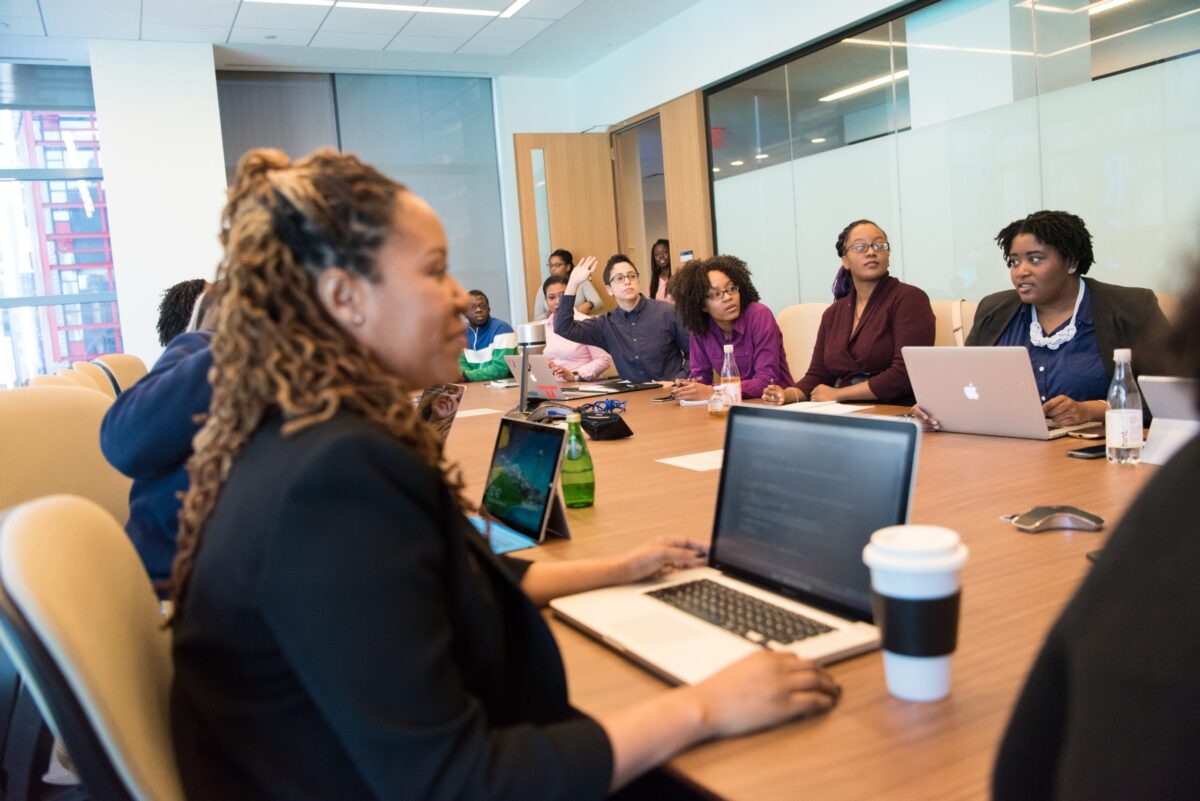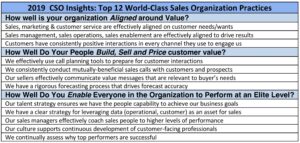No products in the cart.

“Never assume people sharing the same ethnicity are exactly alike. Everyone possesses uniqueness. If you misinterpret that, you’ll mistake your uniqueness.” -Greg Williams, The Master Negotiator & Body Language Expert (Click to Tweet) Click here to get the book
“Do You See Evil In The Myth Of No-Good People”

The two men clamored about another individual that appeared to be out of place. One said to the other, “he’s up to no good – I can tell because he looks just like those no-good people. The man’s associate said, “I agree.’ He does look and sound like those no-good people.” Later, the two men discovered that the person about whom they were speaking was their new boss. Both of them swore the other to a pledge of silence about what they’d discussed. And both felt ashamed about what they’d said.
There are myths that people of particular ethnicities are ‘all alike.’ Nothing could be further from the truth. Some nuances pronounce the individualism of each and everyone on earth. Even if they’re small, there will be times when it’ll behoove you to observe those small differences. In some cases, little will hang in the balance. At other times, your life may be what’s hanging.
What are the origins of misperception? Why should you be concerned about it? And how might you alter your perception to improve the way you see others and the world? Those are the questions addressed in this article.
Mindset
What about you – do you ever harbor feelings or thoughts about those that you perceive as being no-good? Everyone may have such beliefs at times. When you do, be mindful of where those thoughts are taking you. There are times when they’ll careen into trenches that lead to treacherous waters. And, those waters can be the cause of your demise.
Your mind is an instrument that causes your body to adopt actions. And your actions can alter the reflection of your account. That means, they’ll be times when you may want to engage in an activity because a subject reminds you of something you’ve encountered in the past. While that may be true, you might consider how your current situation is different. Doing so will alter your perspective, which may lead to you adopting a different attitude and action.
Origins of Misperception
Your mind wants to protect you. Because self-preservation is eminent in everyone. That may be the source of your adverse feelings or reactions to certain people. Recognize it for the value it contains. Which means, you should control it. The way to insulate your thoughts from harming you is to recognize the specific stimuli you have that cause a particular reaction. Everything you first view as a threat isn’t. Sometimes, it may be the environment. At other times, it may not be the environment but the people in it. The point is, you should be aware of what’s motivating you to think and act in a particular manner in different situations. And assess to what degree out-dated assumptions may be driving your thoughts. Doing that will give you insights into the best way to alter them.
Your View/Perspective
Why did you do that was the question asked. Because I was upset, was the reply. Emotions can be daunting when dealing with them. And they’re more formidable when they’re not serving your betterment.
When you look at a scene, a person, a group, what do you observe? Is there a particular individual that stands out? If so, why? What draws your attention to that individual? Even if she’s not in a group, and your attention focuses on her, what drew your attention? Those are the types of questions you should pose to yourself before making snap judgments about people. Seek to see them for who they are. Don’t make an initial assessment that they’re evil or up to no good because they remind you of someone that has preceded them. If you take the time to investigate the hidden qualities they possess that you initially missed, you may uncover less appalling aspects.
Reflection
If you’re unaware of the prejudices you possess towards people, you’ll act and react to them based on those prejudices. And that can lead you to treat them unjustly and create untenable situations. Thus, be aware of the thoughts that emanate from your mind. Those thoughts can take you away from harm or put you in harm’s way. The controlling factor, per the direction you choose, is the control you exercise over your mind.
In challenging times, become more aware of your thinking process. Doing so in less challenging times will allow you to create a consistent trigger-like mindset. And that will enable you to think faster in situations that may appear to be threatening.
Good thoughts can stem from your mind, but only when you’re thoughtful enough to curb the bad ones that attempt to control you. When you lose control, you lose control of your judgments. Then, you act on instinct. And sometimes that can leave you in unwanted positions.
Once you learn to discipline yourself and manage your emotions better, you’ll discover new ways to manage your thoughts better too. That means you’ll no longer see evil in those that you previously classified as being no-good. Your mind and body will appreciate that. And everything will be right with the world.
Remember, you’re always negotiating!
Listen to Greg’s podcast at https://anchor.fm/themasternegotiator
After reading this article, what are you thinking? I’d like to know. Reach me at Greg@TheMasterNegotiator.com
To receive Greg’s free “Negotiation Tip of the Week” and the “Sunday Negotiation Insight” click here https://www.themasternegotiator.com/greg-williams/
#People #csuitenetwork #thoughtcouncil #Bodylanguage #readingbodylanguage #Negotiations #Control #Conversations #NegotiationStrategies #NegotiationProcess #NegotiationSkillsTraining #NegotiationExamples #NegotiationTypes #ReadingBodyLanguage #BodyLanguage #Nonverbal #Negotiate #Business #SmallBusiness #Negotiation #Negotiator #NegotiatingWithABully #Power #Perception #emotionalcontrol #relationships #BodyLanguageExpert #HowToNegotiateBetter #CSuite #TheMasterNegotiator #ControlEmotions #GregWilliams #success #negotiation examples #Negotiation strategies #negotiation process #negotiation skills training #negotiation types #negotiation psychology #Howtowinmore #self-improvement #howtodealwithdifficultpeople #Self-development #Howtocontrolanegotiation #howtobesuccessful #HowToImproveyourself


















